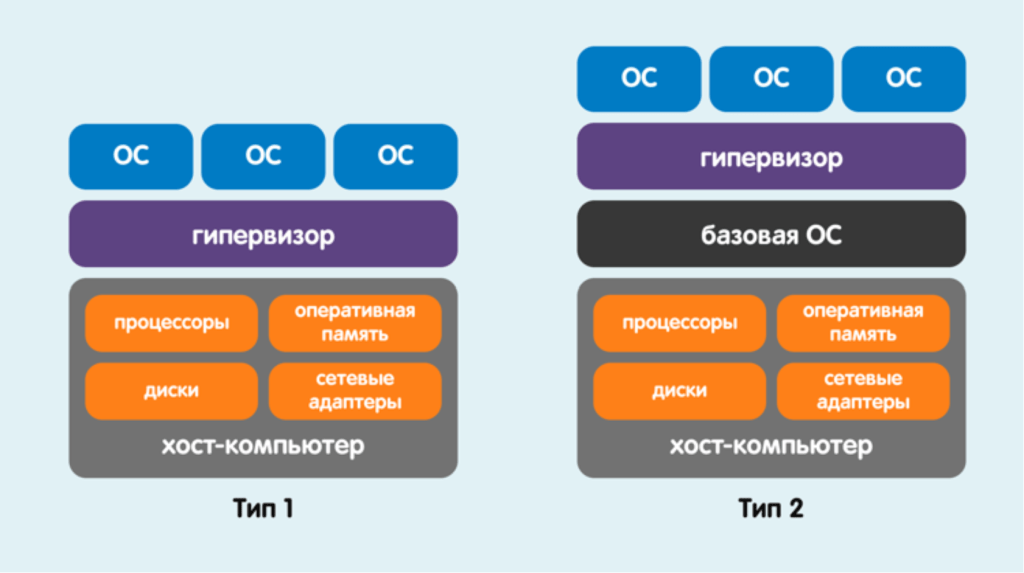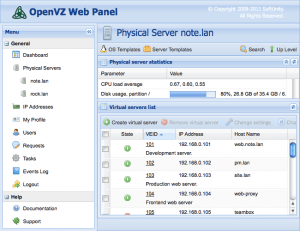What are the Levels of Virtualization?
Virtualization is the process of creating a virtual version of something real. In the world of computers, virtualization plays a very important role, allowing you to create virtual servers, virtual machines, and so on. Virtualization can have different levels of complexity and application. Let’s break down the different levels of virtualization and how they differ from each other.
1. Hardware Virtualization Level
The first level of virtualization is hardware virtualization. At this level of virtualization, special hardware is used to create virtual machines directly at the hardware level. This type of virtualization provides high performance and isolation.
2. Operating System Virtualization Level
At the second level of virtualization, a virtual machine runs on which several virtual operating systems are launched. This type of virtualization allows you to share computing resources between virtual machines and provides isolation between them.
3. Application Virtualization Level
The third level of virtualization is the application virtualization level. At this level, applications run in an isolated environment, which allows them to run without conflicts with other applications. This type of virtualization is often used for application testing.
4. Network Virtualization Level
The fourth level of virtualization is the network virtualization level. At this level of virtualization, virtual networks are created that can be interconnected. This type of virtualization allows you to flexibly manage the network and ensures the security of data transmission.
5. Storage Virtualization Level
The fifth level of virtualization is the storage virtualization level. At this level of virtualization, data storage devices are combined into a single storage device, which can be distributed among various devices. This type of virtualization simplifies data management and ensures its availability.
Conclusion
Different levels of virtualization provide different capabilities and applications. The choice of a specific level depends on the goals that the user sets for himself. But in general, virtualization is a powerful tool that allows you to optimize resource utilization and improve the performance of the IT infrastructure.
«`




